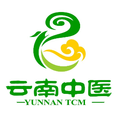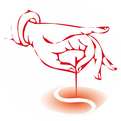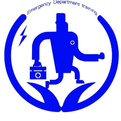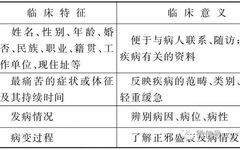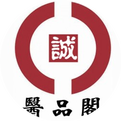What to Ask During a TCM Consultation?
This official WeChat account is managed by the Yunnan Provincial Administration of Traditional Chinese Medicine. If you have not followed us yet, please click the blue “Yunnan TCM” above to follow. ▶This article is the 185th installment of the “Learn TCM with Me” column. Thank you for your support and sharing! Learn a little every … Read more

